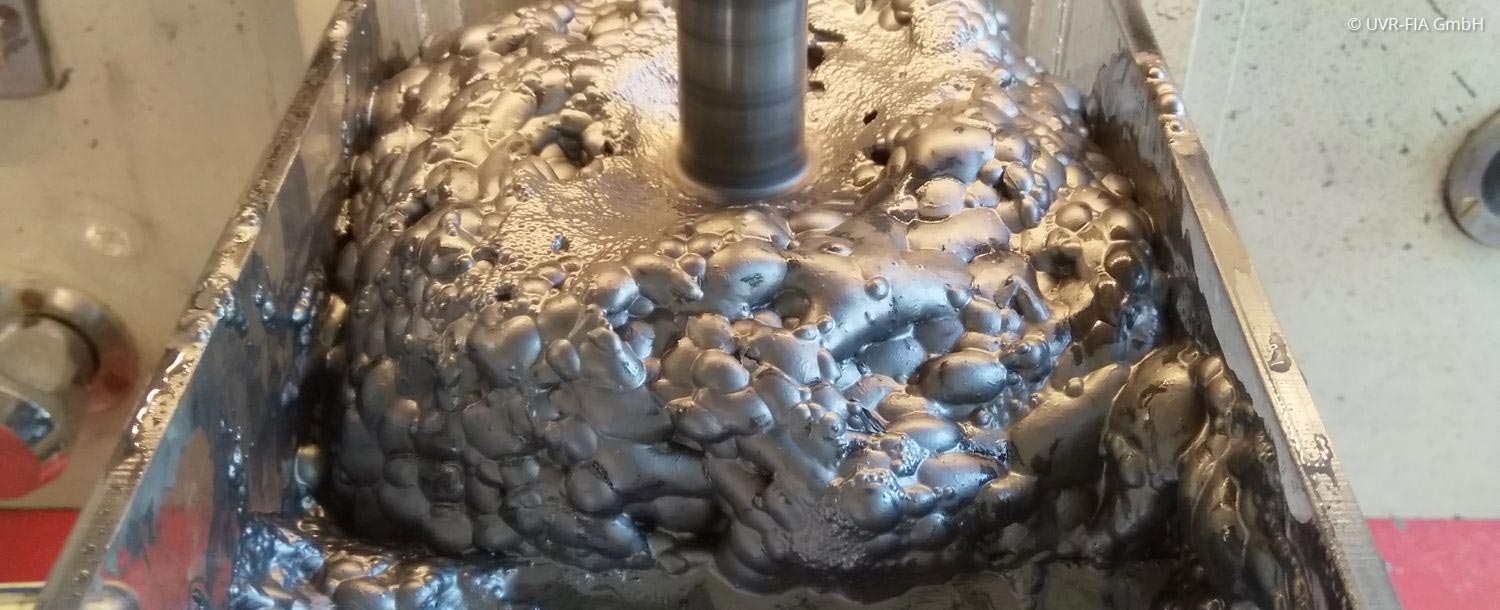The future battery regulation will ask for higher recycling efficiency (65 wt.-% by the end of 2025 and 70 wt.-% by the end of 2030, respectively) and material recovery from LIBs
- Li: 50 % (end of 2027) and 80 % (end of 2031) and
- Co, Ni and Cu: 90 % (end of 2027) as well as 95 % (end of 2031)
As in commercial recycling processes, especially in pyrometallurgical treatment, the graphite of LIB cells (another critical raw material (CRM) in Europe defined by the European Commission) is lost as CO2 emissions, rather new recycling concepts for LIBs are needed. In hydrometallurgical processing of active materials, the metal oxides are dissolved, whereas the graphite is separated as a solid residue. However, the graphite fraction is of low quality and simultaneously, parts of the dissolved elements are lost because of the uneconomically high demand of precipitation agents.
Thus, froth flotation will be used to separate the graphite in high quality and simultaneously, to improve the recyclability of the metal oxide content. The challenging active material properties, especially, the fine grain size entail systematic studies of suitable collectors, frothers, and modifiers. The separated graphite is analysed regarding its quality and potential for LIB cell production or other applications, e.g. in steelmaking as alternative reducing agent or as secondary raw material in refractory industry.
Besides, the resulting process waters of flotation will contain a certain fraction of leached elements. As the increase of recycling efficiency of CRMs is aimed within FuLIBatteR, the recovery of elements is of interest. A promising technology for wastewater treatment, the so-called ion-exchanger-loop-stripping (ILS) process using naturally occurring zeolite will be applied.
The zero-waste aspect including the lowest possible environmental impact is addressed and will be demonstrated by the life cycle assessment (LCA) of developed recycling processes. Moreover, the European market on LIB wastes is studied, the mass flows are determined and the individual residue materials are characterised.

 DE
DE EN
EN